What Is Western Wheatgrass – How To Grow Western Wheatgrass
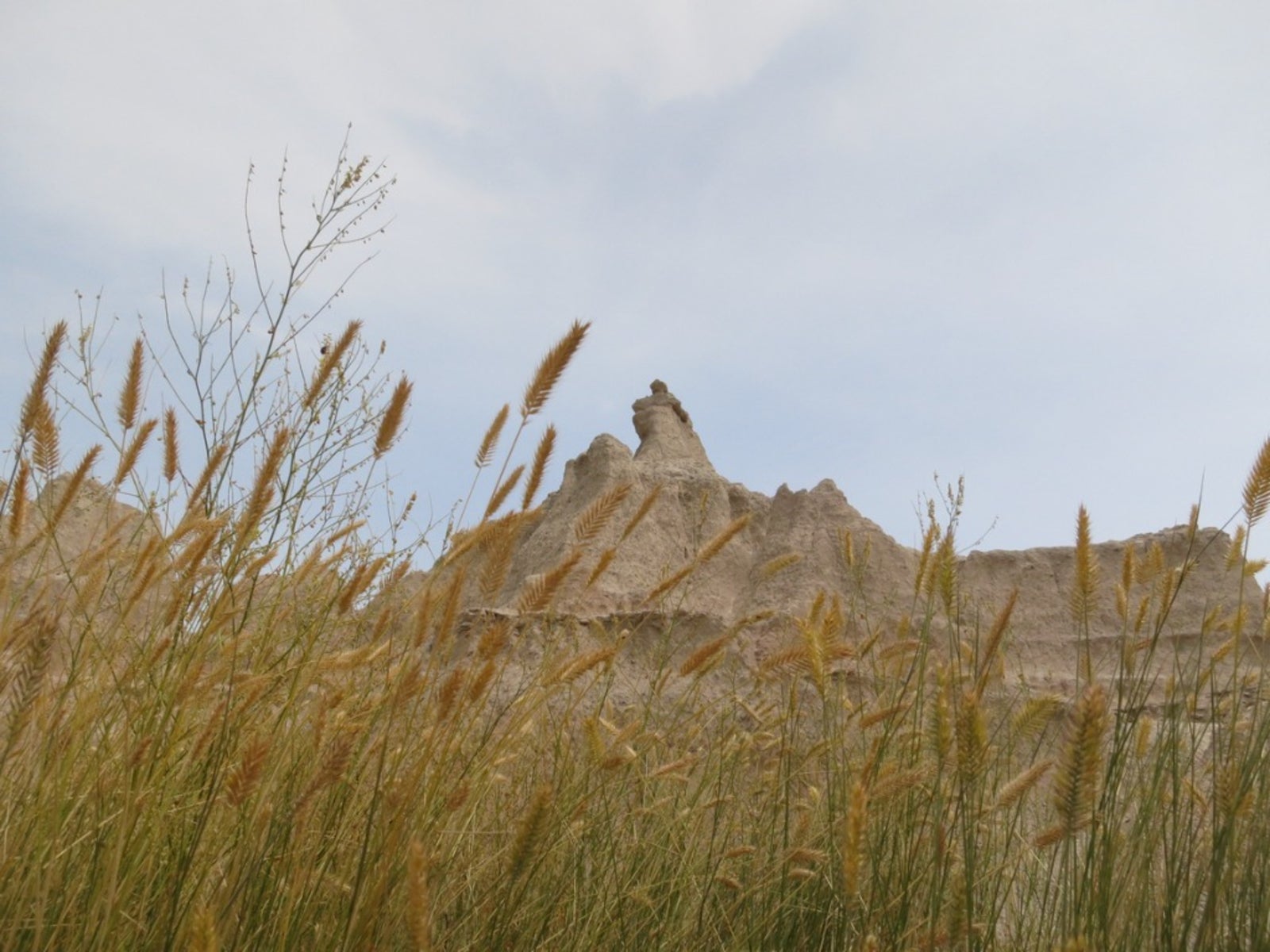

South Dakota's state grass is wheatgrass. This perennial, cool season grass is native to North America and graces the southwest, Great Plains, and mountainous regions of the western U.S. It has some erosion control benefits but using western wheatgrass for grazing is the primary purpose. If you are trying to reclaim rangeland, read on for tips on how to grow western wheatgrass.
What is Western Wheatgrass?
Western wheatgrass (Pascopyrum smithii) is one of the preferred foods for deer, elk, horses, and cattle in spring and occasional fodder for sheep and antelope. The plant may also be grazed in fall but protein levels are much lower. Western wheatgrass for forage and as a soil stabilizer makes this an important plant to grow and conserve. This wild grass begins growing in spring, goes dormant in summer, and sprouts anew in fall. It prefers moderate soil temperatures of at least 54 degrees F. (12 C.) and even thrives in clay. The plant spreads through rhizomes and can achieve 2 feet (61 cm.) in height. The leaves and stems are blue-green with foliage that is flat when young and rolled inward when dormant and dry. The blades are ribbed and rough with prominent veining. Seedheads are narrow spikes, 2 to 6 inches (5-15 cm.) long. Each contains spikelets with six to ten florets.
How to Grow Western Wheatgrass
Rhizome spread and seed are the main ways of growing western wheatgrass. In its wild state, it generally self-propagates, but managed landowners must sow seed in very early spring. Heavy to medium textured soil is best for establishment. The plant may also be seeded in late summer provided adequate irrigation is available. Poor germination is common and generally only 50 percent of seedlings survive. This is balanced by the plant's ability to send out rhizomes and colonize a healthy stand Prevention of competitive weeds is important but herbicides should not be used until seedlings reach the four to six leaf stage. Alternatively, mow as weedy plants prior to reaching their flowering stage to prevent more weed growth.
Using Western Wheatgrass for Forage
Not only are spring stands of western wheatgrass excellent forage but the plant dries well and can be used for winter hay. Most domestic grazers find the plant palatable and even pronghorn and other wild animals use the plant for food. When using western wheatgrass for grazing, proper management can help encourage growth. A stand should be grazed moderately to allow the plants to recover more quickly and produce more forage. Rest and rotation are the recommended form of management. When seedheads are allowed to develop, they provide food for songbirds, game birds, and small mammals. This really is a remarkable and useful native plant, not only for food but erosion control and to smother some common weeds.
Gardening tips, videos, info and more delivered right to your inbox!
Sign up for the Gardening Know How newsletter today and receive a free copy of our e-book "How to Grow Delicious Tomatoes".

Bonnie Grant is a professional landscaper with a Certification in Urban Gardening. She has been gardening and writing for 15 years. A former professional chef, she has a passion for edible landscaping.
-
 Looking For Plants To Give You The Soft And Fuzzies? Try These 5 Fuzzy Leaf Plant Options
Looking For Plants To Give You The Soft And Fuzzies? Try These 5 Fuzzy Leaf Plant OptionsLovers of texture, drama, silver foliage and tactile plants will adore these special sensory garden additions. These fuzzy leaf plant options will leave you all aglow
By Susan Albert
-
 Get Ready For A Summer Of Hummers! Grow These Full Sun Hummingbird Plants and Flowers
Get Ready For A Summer Of Hummers! Grow These Full Sun Hummingbird Plants and FlowersIf you’re lucky enough to enjoy a sunny backyard, make sure you are maxing out on your pollinator opportunities and grow these full sun hummingbird plants and flowers
By Tonya Barnett
-
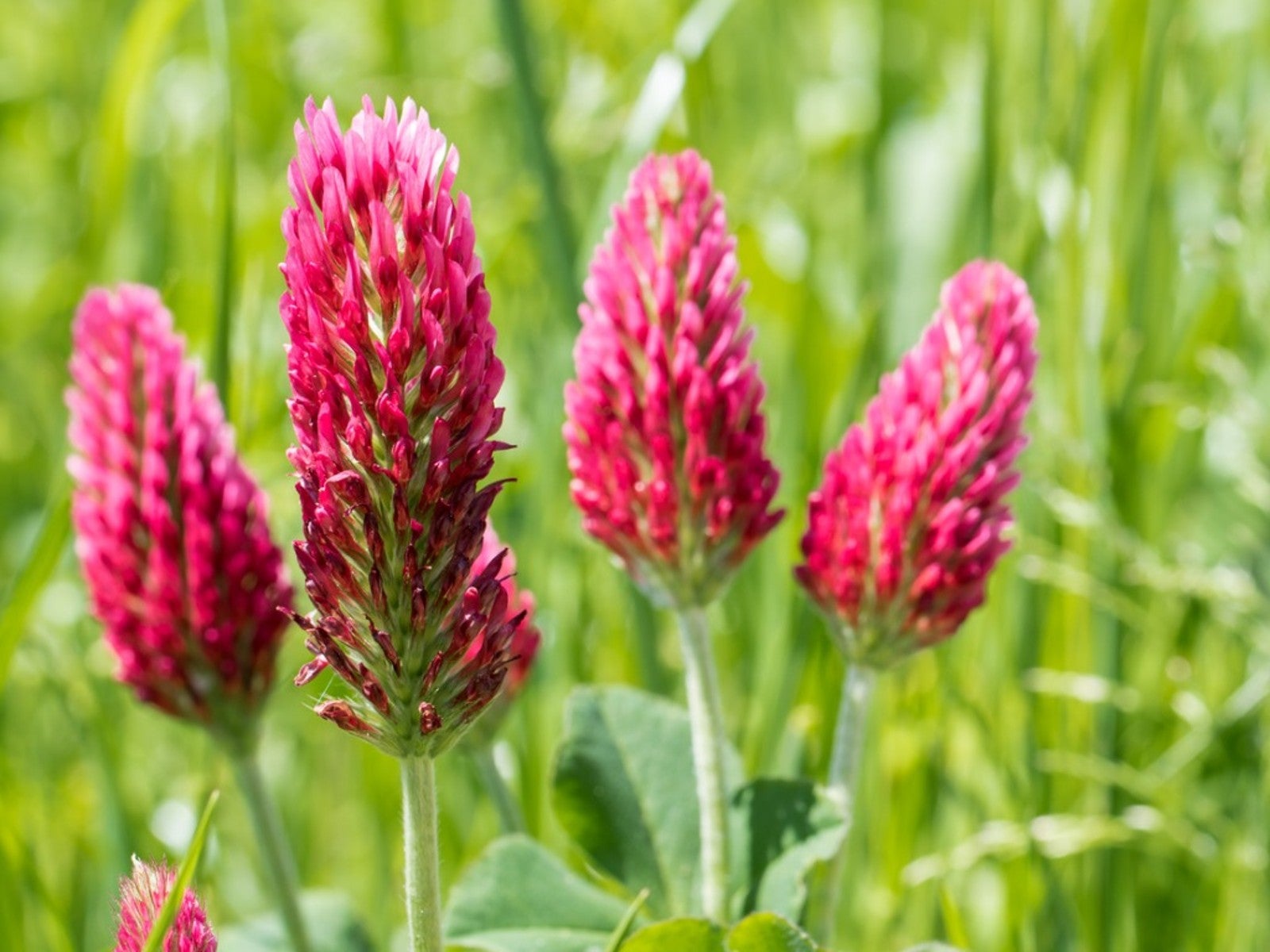 Best Late Summer And Early Fall Cover Crops
Best Late Summer And Early Fall Cover CropsPlanting cover crops is a gift you can give to your garden’s soil. Read on to learn about planting cover crops in late summer.
By Bonnie L. Grant
-
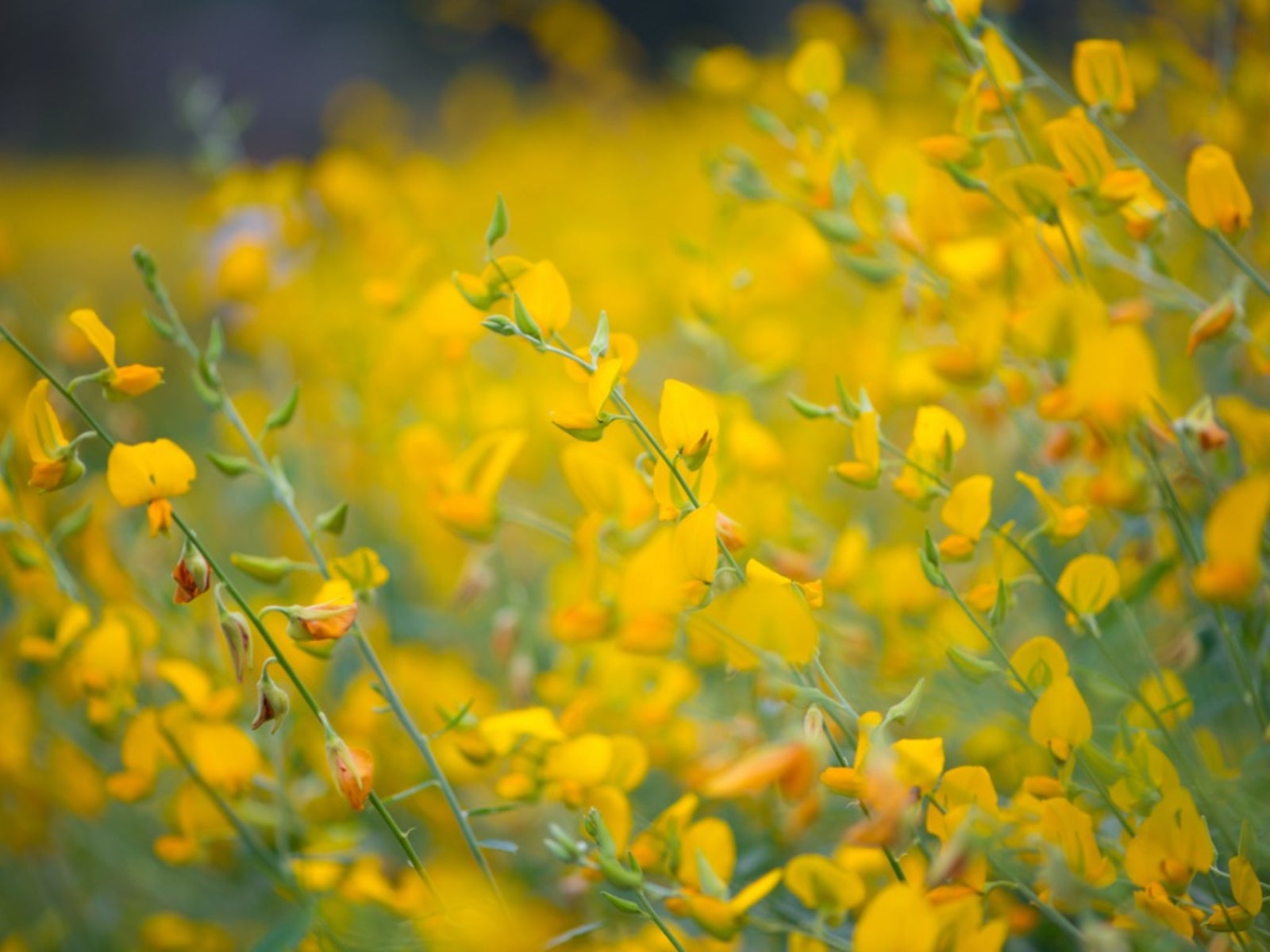 Sunn Hemp Plant Info – Learn Sunn Hemp Uses And Care
Sunn Hemp Plant Info – Learn Sunn Hemp Uses And CareSunn hemp grass is a warm weather grass. Click to learn more about Sunn hemp uses as well as helpful tips on growing Sunn hemp as a cover crop.
By Mary H. Dyer
-
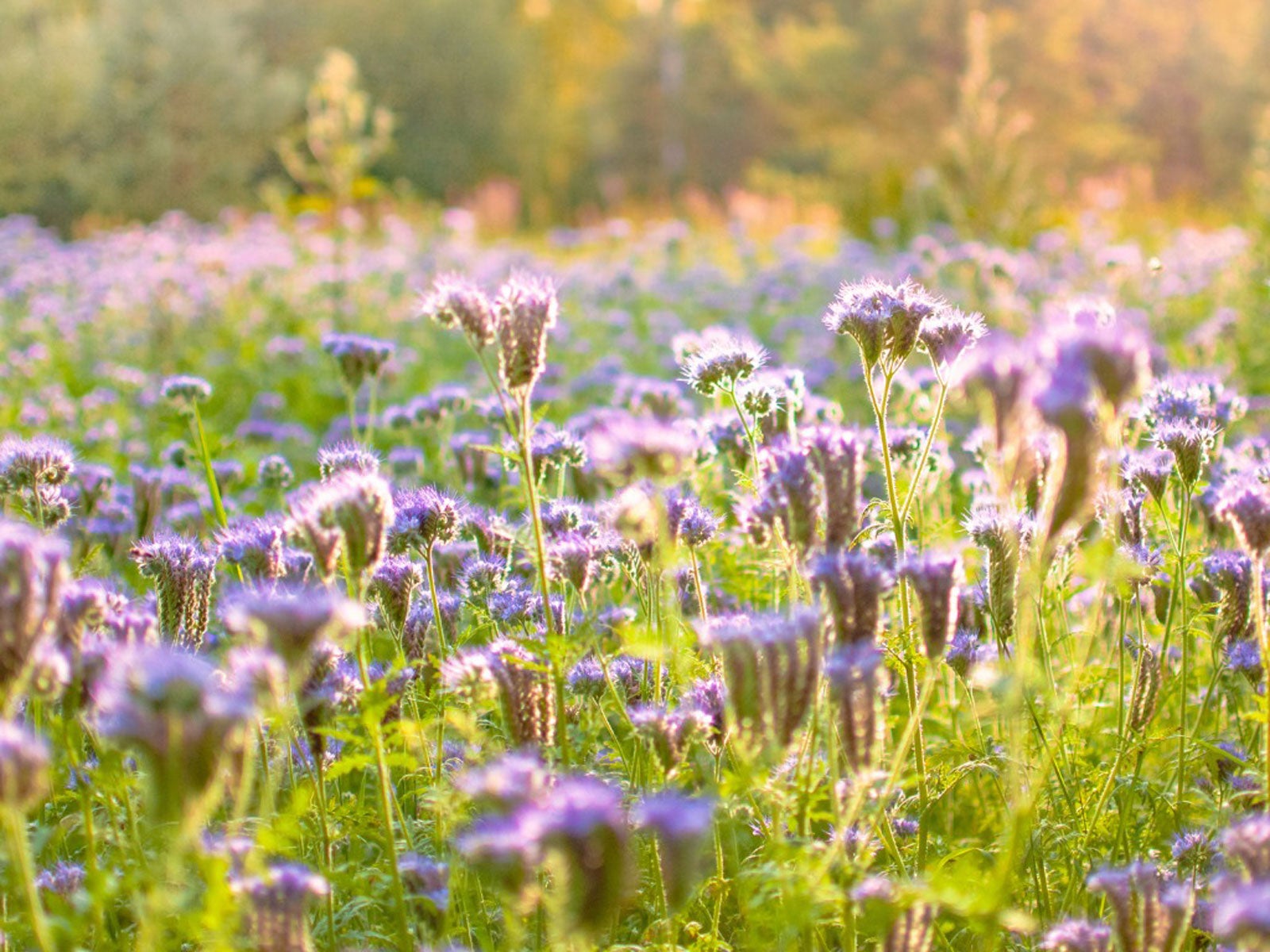 Native Cover Crops: Vegetable Cover Cropping With Native Plants
Native Cover Crops: Vegetable Cover Cropping With Native PlantsAre there any benefits to using native plants as cover crops? Click here to learn more about vegetable cover cropping with native plants.
By Laura Miller
-
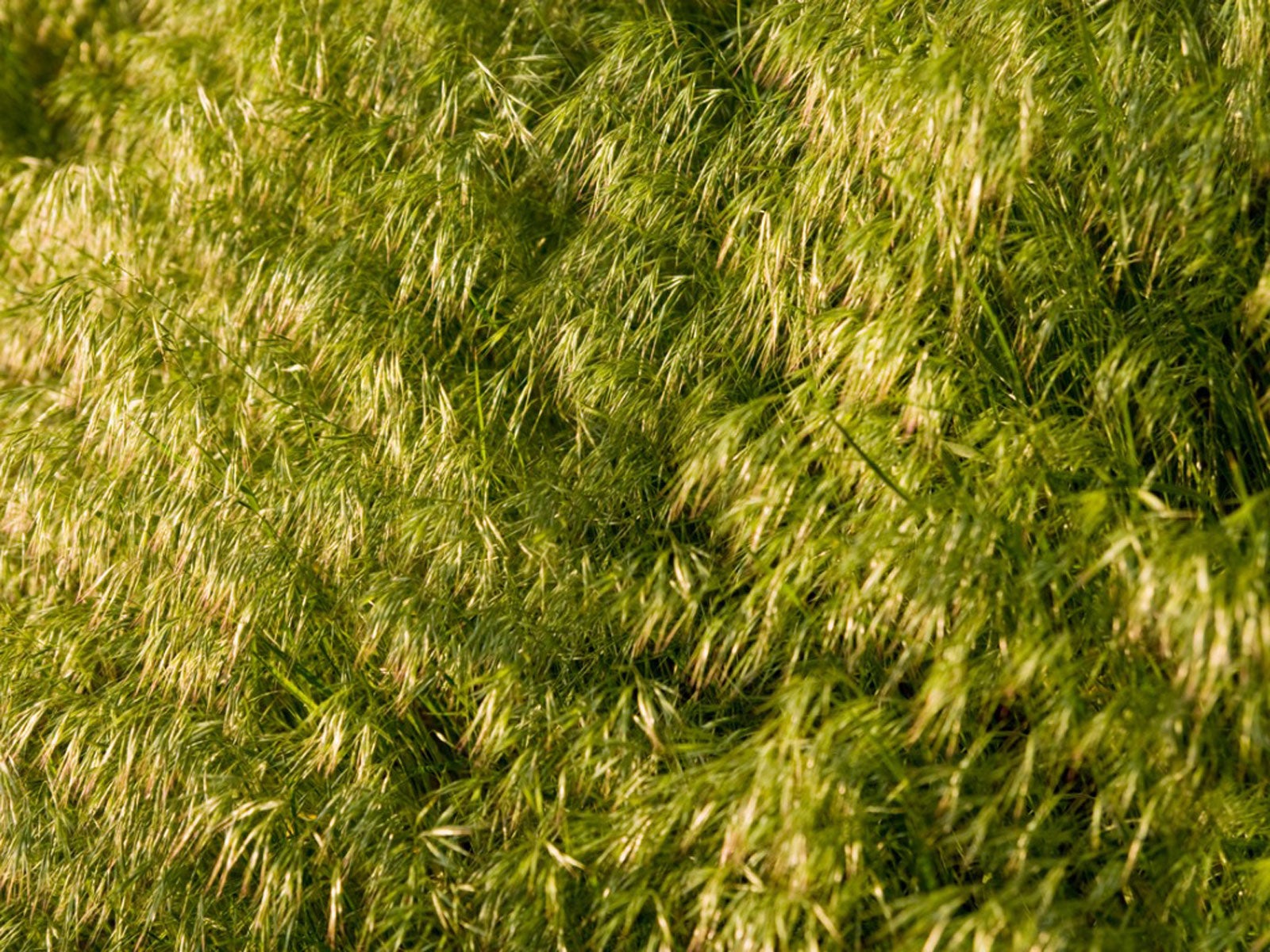 What Is Field Brome – Information About Field Brome Grass
What Is Field Brome – Information About Field Brome GrassField brome grass can be used as a cover crop to control erosion and enrich the soil. For more information, click the following article.
By Laura Miller
-
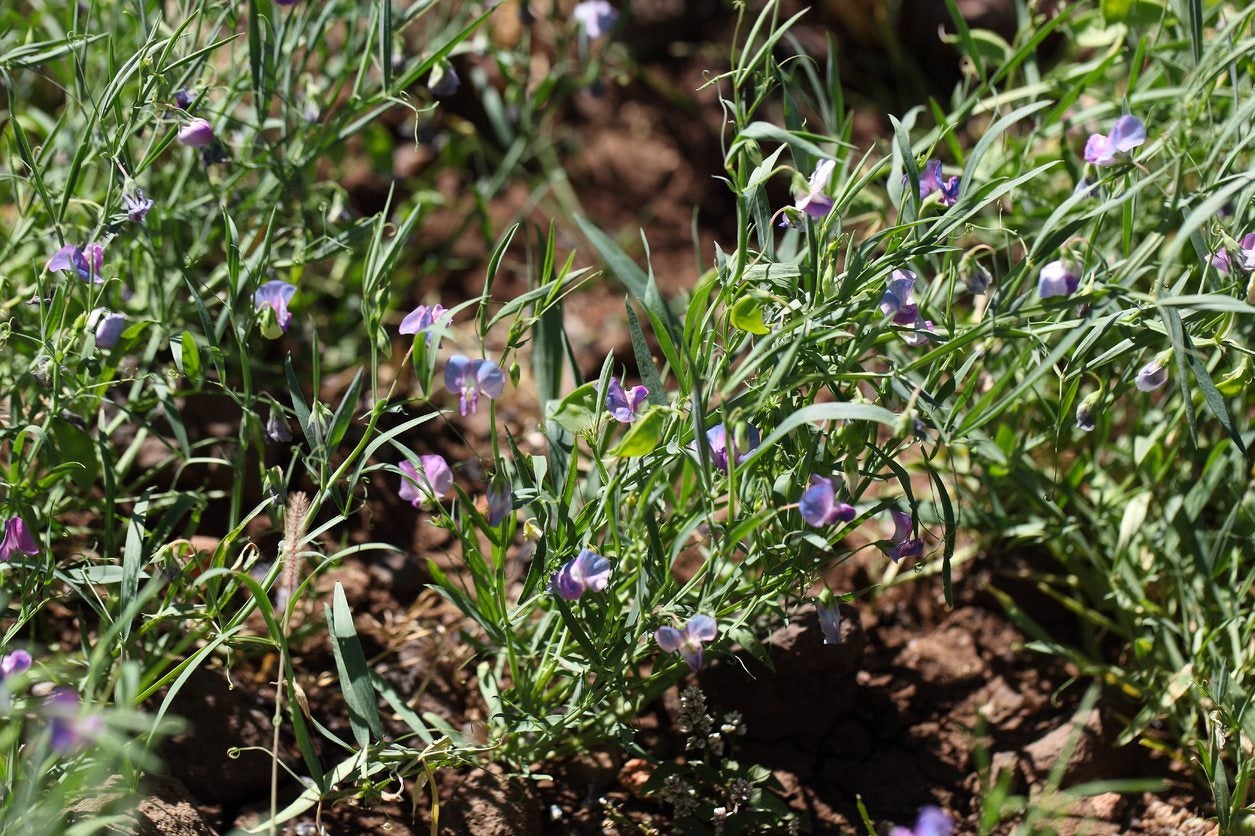 What Is Chickling Vetch – Growing Chickling Vetch For Nitrogen Fixing
What Is Chickling Vetch – Growing Chickling Vetch For Nitrogen FixingWhat is chickling vetch? Also known by various names such as grass pea, white vetch, blue sweet pea, Indian vetch, or Indian pea, chickling vetch is a nutritious legume grown to feed livestock and humans in countries around the world. Learn more about the plant here.
By Mary H. Dyer
-
Establishing Kura Clover: Learn How To Grow Kura Clover Plants
You no doubt have heard about the four-leaf clover, but few gardeners are familiar with kura clover plants. Kura is a forage legume and if you are interested in growing kura as a groundcover or establishing kura clover for some other use, this article will help.
By Teo Spengler
-
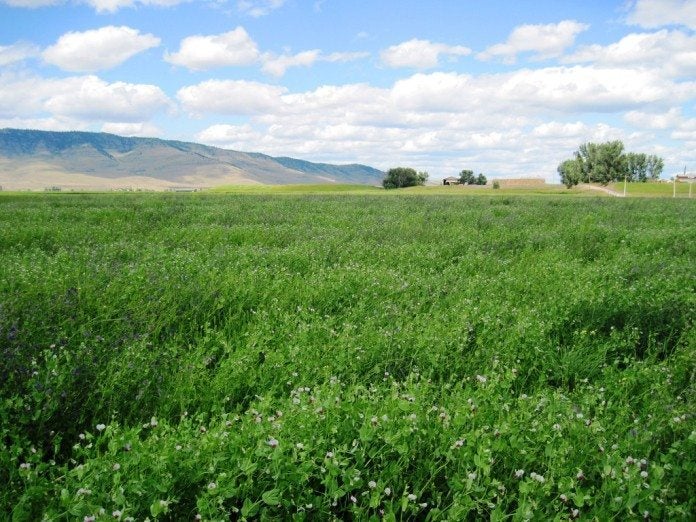 What Are Austrian Winter Peas: A Guide To Growing Austrian Winter Peas
What Are Austrian Winter Peas: A Guide To Growing Austrian Winter PeasWhat are Austrian winter peas? Also known as field peas, Austrian winter peas have been grown around the world for centuries, primarily as a valuable source of nutrition for humans and livestock. Click this article for info on growing Austrian winter peas.
By Mary H. Dyer
-
 Berseem Clover Plants: Growing Berseem Clover As A Cover Crop
Berseem Clover Plants: Growing Berseem Clover As A Cover CropBerseem clover cover crops provide excellent nitrogen in soil. The plants are also quite attractive in bloom when used as an annual groundcover. Learn how to grow berseem clover and harness all its benefits in your garden by clicking the following article.
By Bonnie L. Grant